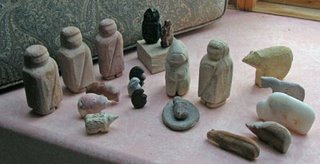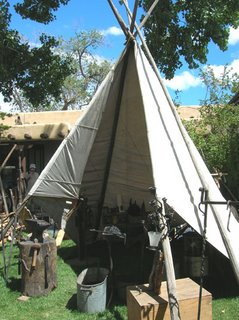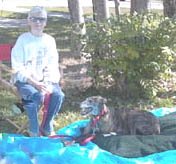Walter Phelps of Leupp, Ariz., will join Lovejoy of Crownpoint, N.M., as she campaigns to become the first woman to lead the nation's largest Indian reservation.
Shirley of Chinle, Ariz., has selected Ben Shelly, a 16-year tribal council delegate from Thoreau, N.M., as he seeks re-election to a second term.
For more information, visit http://www.freenewmexican.com/news/47910.html
~~~~~~~~~~~~~~~~~~~~~~~~~~~~~
Tribal Artery is the blog about tribal art offered periodically by Aboriginals: Art of the First Person and its allied web sites at Native-JewelryLink, with gorgeous, genuine American Indian necklaces, bracelets, pendants, pins and earrings; ZuniLink, for hundreds of authentic Native American fetish carvings by Zuni , Cochiti, Navajo and San Felipe artists; Tribal Works, offering a wide selection of tribal art from Africa, Aboriginal Australia, the Arctic and Native America, including Navajo folk art, and Native-PotteryLink, home to the finest in contemporary and historic Native American hand-created pottery, storytellers and nativity sets.















